Bypass UBL washing machine
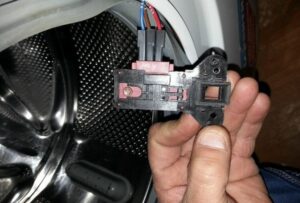 The hatch locking device is one of the key elements of the coordinated operation of the washing machine. If the door is not locked, the washing simply will not start, but what to do when the device fails? Replacing it requires money and time, but maybe it is possible to somehow bypass the UBL of the washing machine and do the washing without it? Experienced users claim that this is quite possible, all you have to do is learn it.
The hatch locking device is one of the key elements of the coordinated operation of the washing machine. If the door is not locked, the washing simply will not start, but what to do when the device fails? Replacing it requires money and time, but maybe it is possible to somehow bypass the UBL of the washing machine and do the washing without it? Experienced users claim that this is quite possible, all you have to do is learn it.
Removing the blocking device
To bypass the blocking device, you need to close its contacts, and this requires dismantling the part. There are two ways to remove the UBL: through the top cover of the housing and through the hatch cuff. We will not consider the second method, since if there is a lack of skills, there is a risk of incorrectly installing the cuff in place, which can lead to leaks. How to remove the UBL through the top of the case?
- Open the hatch door as far as possible.
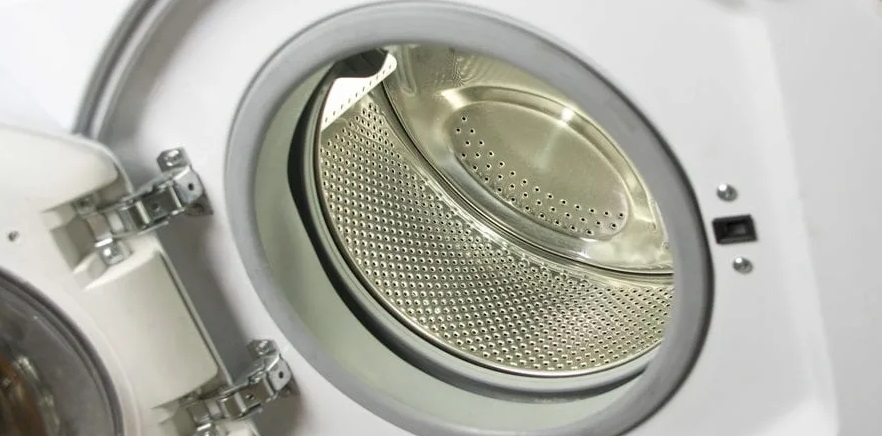
- Look at the side of the washer where the door closes with a hook, find the keyhole.
- There are two screws screwed in next to the lock that need to be removed.
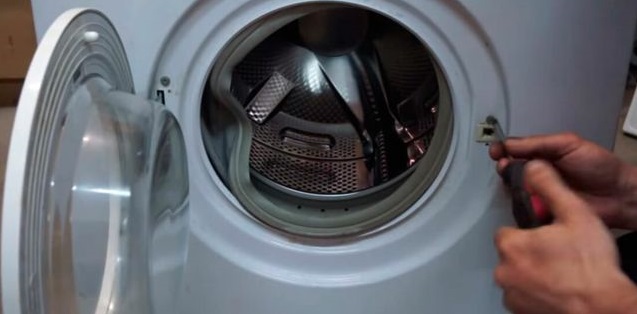
- Now go to the back wall of the washer and unscrew the two bolts holding the top wall of the case. Slide the cover towards the back of the machine and it will come off.
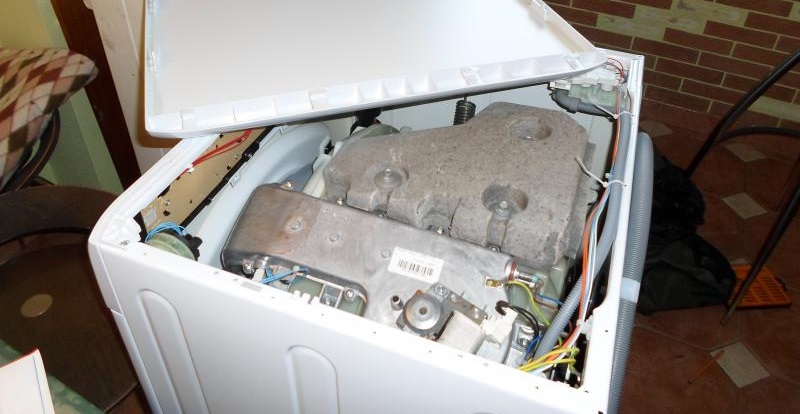
- Place your hand inside the washing machine (along the back side of the front panel of the machine) and feel the locking device with your fingers. Carefully remove the chip with wires.
- Now slightly pull and pull out the UBL.
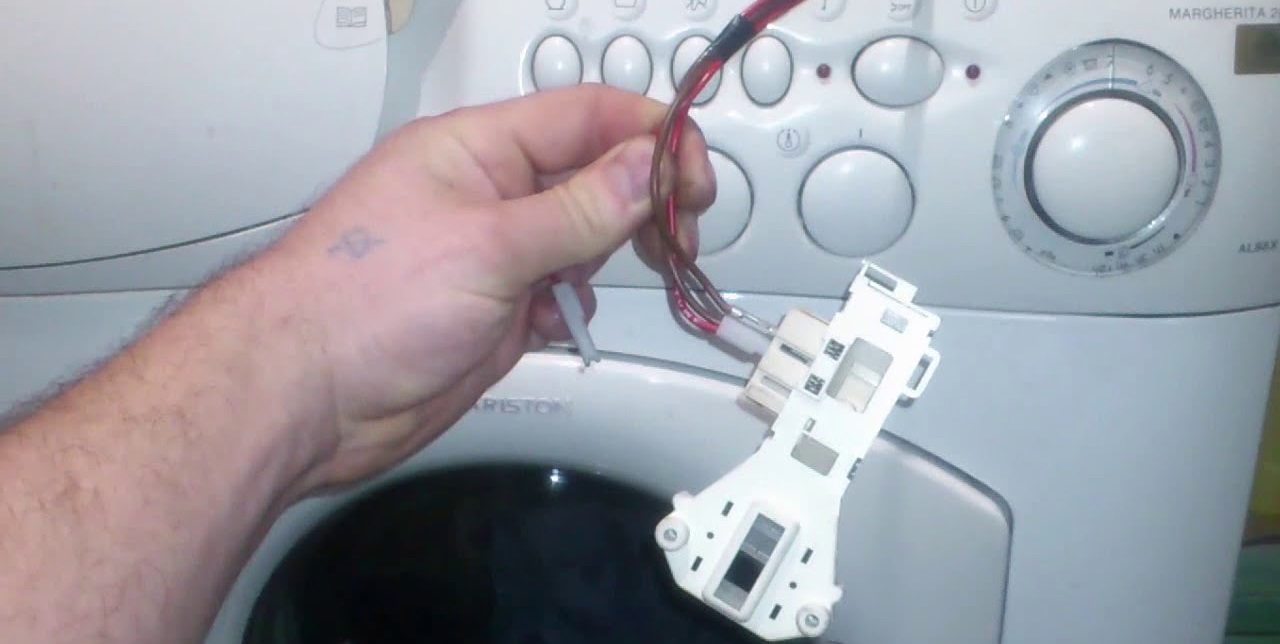
As you can see, dismantling does not require any special skills. The main thing is to take precautions and act as carefully as possible so as not to harm yourself or the machine.
We close the necessary contacts
To start the machine bypassing the UBL, you need to make the device think that everything is in order and the lock is working. The trick of the module is to close some contacts of the non-working device in a locked position. This can be done without difficulty if you understand the specifics of the element’s operation and try to reproduce it artificially.
The basic hatch locking device has three contacts. Voltage is applied to the first two contacts N and L, due to which a special thermal coil is heated. The thermal coil, in turn, after a few seconds heats the bimetallic plate connecting contacts L and C (middle and outer) and, accordingly, closes them. The closure of the middle and outer contacts is a signal to the module that the hatch is locked and washing can begin. Therefore, you need to close contacts L and C with a jumper.
Attention! After manual closure, the machine will take up to several minutes to start washing bypassing the UBL.
Owners of modern models have begun to face the fact that it is impossible to close the UBL manually. The washing machine only displays an error code on the display and does not start. This is due to the fact that some manufacturers have developed a new system for protecting and diagnosing the SM. However, this problem is still rare, so it’s still worth trying to bypass UBL.
Interesting:
10 reader comments

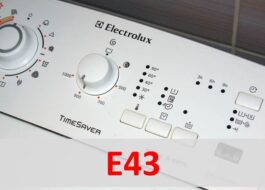
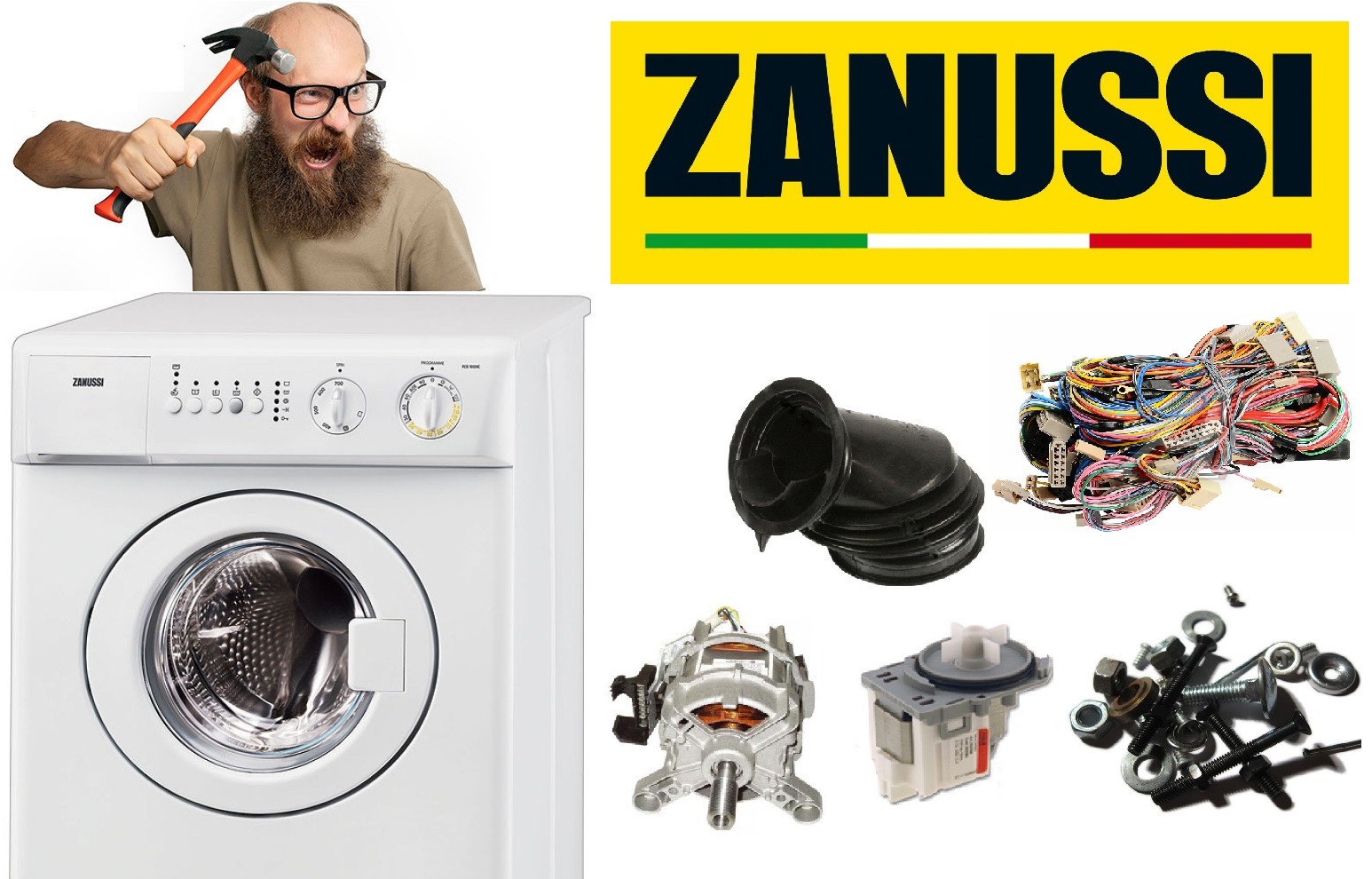
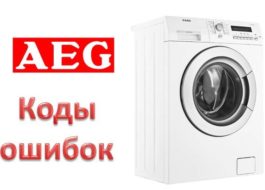
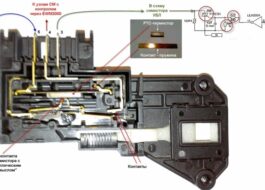
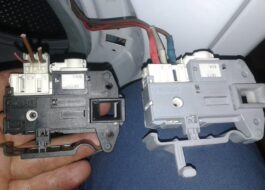
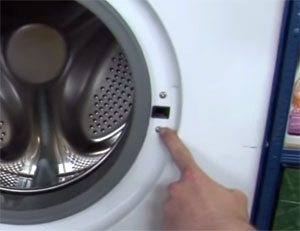














It didn’t work out for me, I shorted it, but it still gives out this code.
It didn't work out for me either in Atlanta.
L and C – does this correspond to 4 and 5????
Everything turned out great and works great!
There are different types of locks. The author should have warned people about this. For me, for example, L and C are the outer contacts, and neutral is the central wire
Of course you can get around it, but it is fraught with consequences. If the hatch opens during washing, or someone accidentally opens it, then all the water will end up on the floor. And this is a hello to the neighbors below and to your wallet.
Black isolates, and white and blue closes, so that the brain floats. Look at the wires by color, not by chip.
It didn't work out for me either.
What if, during the spin cycle, a child opens the hatch and sticks his hands or head into the centrifuge? The castle is there not only to avoid flooding the neighbors.
So next time he won't do that